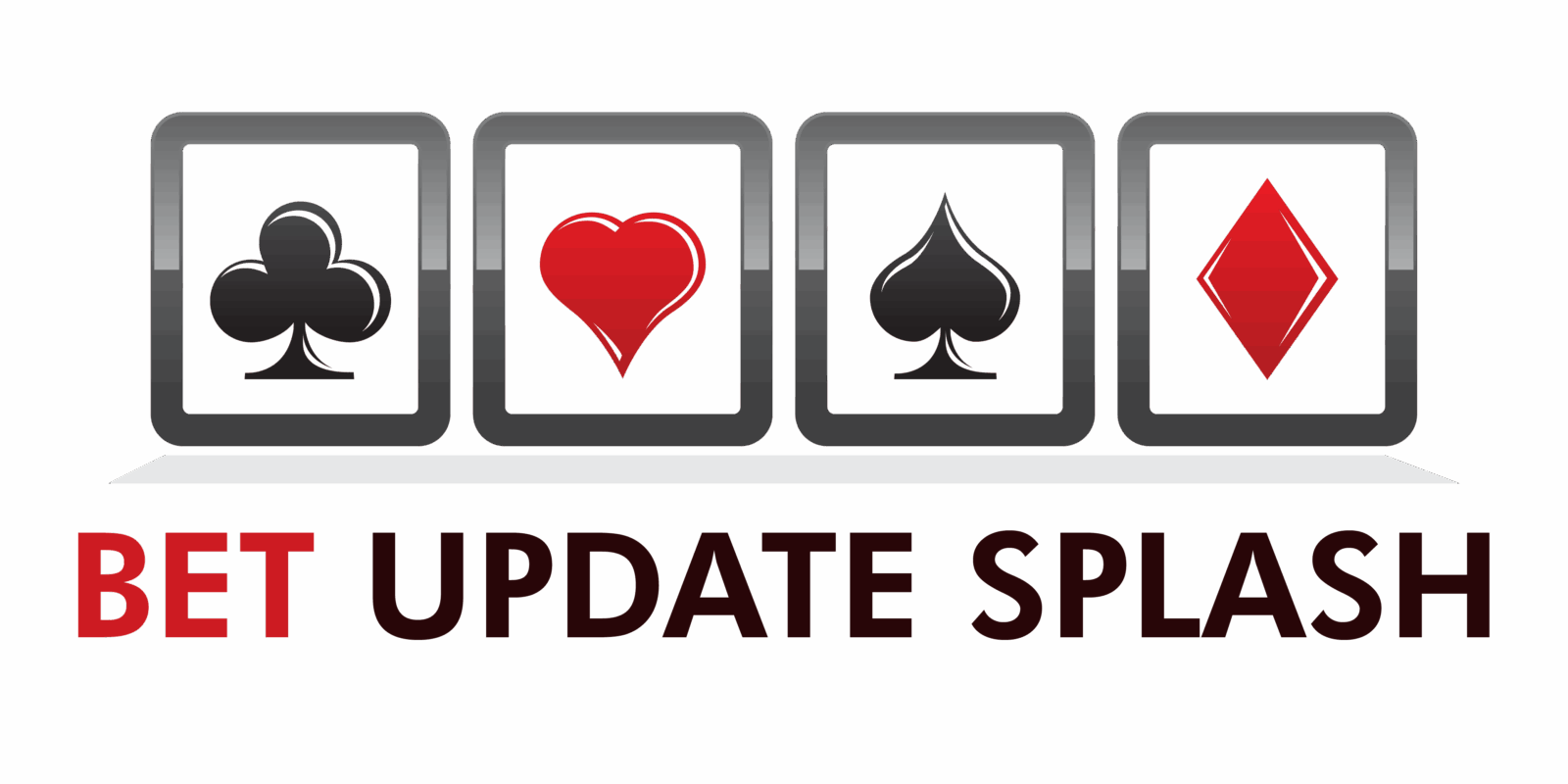Why This Hybrid Approach Works
Betting isn’t guesswork, but it’s not pure math either. For years, people have leaned heavily toward one side: either trusting a gut feeling from years of watching games or going all-in on data models that promise cold objectivity. Both approaches work—until they don’t.
Gut instinct can recognize things models miss: team chemistry, emotional momentum, unexpected coaching calls. But it’s also prone to bias, nostalgia, and overconfidence. On the other hand, data models thrive on pattern recognition and probability, not nuance. They’re fast, consistent, and logical—but they can’t read between the lines.
That’s where hybrid thinking comes in. Smart bettors are learning to let gut and model talk to each other. Use instinct to spot outliers the model may flag as noise. Let the data challenge assumptions you didn’t know you were making. When used together, instinct and analytics form a filter that’s both sharp and flexible—the kind that adjusts, adapts, and gets smarter with each bet.
This isn’t about picking sides. It’s about getting edges wherever you can find them.
Understanding Expert Insight
Not every seasoned bettor is an expert—and not every expert is always right. In the betting world, the term “expert” tends to apply to individuals with deep domain knowledge backed by a track record of accuracy, long-term profitability, and the ability to filter out noise. Some are former athletes or coaches who understand game dynamics from the inside. Others are market analysts who track odds like clockwork and know how to spot price inefficiencies before the rest of the world catches up.
What these experts bring to the table is qualitative insight. They focus on things models can’t always measure—team morale after a locker room shakeup, travel fatigue from a brutal away schedule, or a coach’s subtle press conference comment that hints at a shift in strategy. Injuries don’t impact every squad the same, and motivation isn’t binary. Experts look deeper: Is the star player returning at full strength, or just enough to pad the bench? Is the team fighting for a playoff spot, or just coasting to the end of the season?
But even seasoned instincts have weak spots. Bias creeps in. Recency bias, hometown loyalty, overconfidence in pattern recognition—it all clouds judgment. The human mind loves neat narratives, and that’s rarely how real-world outcomes play out. A good bettor respects insight but doesn’t treat it as gospel. Experts can guide your thinking, but they’re not a substitute for thinking critically.
What Statistical Models Bring to the Table
Why Use Statistical Models in Betting?
Statistical models help bettors uncover opportunities that might not be visible through intuition alone. At their core, models aim to identify value bets—situations where the odds offered by bookmakers are higher than the actual statistical probability of an outcome occurring.
By calculating expected value (EV) and using probability-based projections, bettors can make more informed decisions and take a long-term, profitable approach rather than betting on impulse or emotion.
Core Concepts to Understand
- Probability: The likelihood of an event happening, translated into betting odds.
- Expected Value (EV): A calculation that helps determine whether a bet is worth the risk over time.
- Value Bets: Bets placed when your calculated odds suggest a better chance of outcome than bookmakers’ lines.
Popular Models in Betting
Different mathematical models have emerged as reliable tools in modern betting analysis. Each has its strengths, depending on the sport, market, and strategy being used:
- Poisson Distribution: Often used in football/soccer to predict the number of goals each team might score, assuming events happen independently within a fixed timeframe.
- Elo Ratings: Originally developed for chess, Elo models are adapted for team sports to assess team strength over time based on head-to-head results.
- Regression Models: These rely on historical data inputs (like team stats, player performance, weather, etc.) to predict outcomes.
Key Advantages of Statistical Models
Statistical models offer a range of benefits that qualitative analysis alone can’t always provide:
- Consistency: Unlike human opinion, models don’t waver based on emotion or recent performance bias.
- Scalability: Models can process large volumes of data across multiple games, leagues, or seasons.
- Objectivity: Data-driven outputs reduce personal bias and encourage bets based on evidence rather than intuition.
While no model is perfect, incorporating them into your betting strategy introduces a level of discipline and repeatability that can pay off over time.
Building the Bridge: How to Combine Both
There’s an edge to be found when you mix the cold logic of data with the warm instincts of seasoned experts—but the balance has to be deliberate.
Start with expert predictions as a directional tool. If a credible analyst sees a game differently than market odds or your model, that’s not a signal to copy—it’s a prompt to dig. Maybe your model doesn’t weigh a star player’s injury correctly. Maybe motivation or psychology hasn’t been quantified. Use expert takes to audit your assumptions—not override them.
Now, about those intangibles: morale shifts, coaching changes, locker room tension. They don’t fit neatly into a regression table, but they matter. The trick is to translate that qualitative insight into modifiers without smuggling bias into the model. Instead of hardcoding gut feelings, assign structured, limited adjustments—think of it like a volatility factor triggered under defined conditions.
A good example? In 2022, several models underestimated Morocco in the World Cup. One sharp bettor flagged their team chemistry and tactical cohesion weeks ahead of the mainstream. On paper, they were mid-tier. But that intangible factor added a layer the model couldn’t see—and paid off across multiple upset wins.
To keep it honest, you cross-check. Run your model unaltered. Then run it with expert-informed modifications. If both point the same way, confidence jumps. If they clash, take a closer look—but don’t leap. Data should keep opinion in check, and opinion should challenge lazy modeling. That’s the harmony.
The point here isn’t to turn your system into a feel-good algorithm. It’s to sharpen your edge. Blind stats miss nuance. Blind intuition ignores probabilities. Smart betting? That lives in-between.
Real-World Application Steps
Knowing when to trust your model and when to lean on expert opinion is where theory turns into actual edge. First, build a baseline: if your model has a strong track record in a given league or market, make it your anchor. If an expert makes a call that sharply deviates, pause and investigate. Did they spot a lineup change you missed? Weather impact? Emotional edge? Use expert takes as a signal, not a command.
To save time—and sanity—use tools that streamline the process. Tipster platforms with historical ROI data can highlight which voices are worth your attention. Live databases let you quickly compare model outputs against shifting variables. Simulations help you see how picks hold up across hundreds of matchups, not just gut instinct or a static prediction.
Finally, none of this flies blind. Track everything. Whether you’re manually logging data or using simple scripts, watch what works—and what consistently falls flat. Over time, you’ll build your own filter: a tighter judgment system for when the model leads, when the expert nudges, and when to ignore both.
Common Pitfalls to Avoid
Even a solid combination of expert insights and statistical modeling can go sideways fast if you’re not careful. Three traps show up more often than they should—and they’ll quietly wreck your edge if you’re not watching for them.
First: confirmation bias. This one’s subtle. You plug in your model, get a number, and then go scouting for expert opinions that back it up. That’s not research—that’s storytelling. You’re bending reality to fit your bet instead of testing your assumptions. Smart bettors know how to sit with disagreement and dig deeper when things don’t match up.
Second: overreacting to tiny data points. One interview, one tweet from a coach, one game outlier—these should raise an eyebrow, not dictate your next move. Treat small samples as soft signals, not hard proof. The same goes for expert hunches. They might spark a question worth modeling, but following them blindly? That’s gambling, not forecasting.
Third: mixing strategies without a game plan. Jumping between model-based and narrative-based bets without a clear framework leads to muddled logic. You need to know when you’re leaning on numbers, when you’re weighing human factors, and how the two reinforce—or contradict—each other. Clarity beats cleverness.
Avoid these habits, and you keep your edge sharp. Fall into them, and you’re just guessing with extra steps.
Bonus Resource: Go Deeper on the Fundamentals
If you’re ready to sharpen your understanding of the numbers behind smarter betting, this resource is a must-read. It breaks down the essential techniques that support both intuitive and data-driven strategies.
What You’ll Learn:
- How to assess odds beyond face value
- Key principles behind value betting and expected return
- Tools and terms that every serious bettor should know
- Step-by-step techniques for creating your own analysis workflow
Why It Matters:
Understanding the fundamentals gives you the context to make better decisions—especially when you’re blending expert insights with statistical models. This guide can help you:
- Better vet tipsters and recommendations
- Avoid common analytical traps
- Build your own methodology from the ground up
Check it out here: Mastering Odds Analysis: Key Techniques and Tips
Closing Thoughts
Smarter betting in 2024 isn’t about choosing sides—statistics or intuition—it’s about knowing how to make them work together. Betting isn’t a contest between human instinct and machine logic. It’s a balance. A sharp edge comes from testing both, seeing where they match, and especially where they don’t. Conflict between the two can be a signal, not just noise.
That said, this isn’t set-it-and-forget-it. You’ve got to stay humble. Test your process often. Let the data challenge what you think you know. Let gut feel poke holes in cold predictions. By cross-examining both sides, you’ll see patterns others miss. Think like a builder, not a gambler. Lay your foundation with data; shape your strategy with experience.
Synergy isn’t a buzzword—it’s your playbook for staying relevant, adaptive, and effective in a space built on unpredictability.


 Shawn Sanderselers, co-founder of BetUpdateSplash brings sharp analytical skills and a deep passion for sports data to the platform. With a strong background in sports tech and betting insights, Shawn focuses on delivering real-time updates and innovative prediction tools that enhance the user experience. His expertise ensures readers get accurate, data-driven perspectives on every game.
Shawn Sanderselers, co-founder of BetUpdateSplash brings sharp analytical skills and a deep passion for sports data to the platform. With a strong background in sports tech and betting insights, Shawn focuses on delivering real-time updates and innovative prediction tools that enhance the user experience. His expertise ensures readers get accurate, data-driven perspectives on every game.

